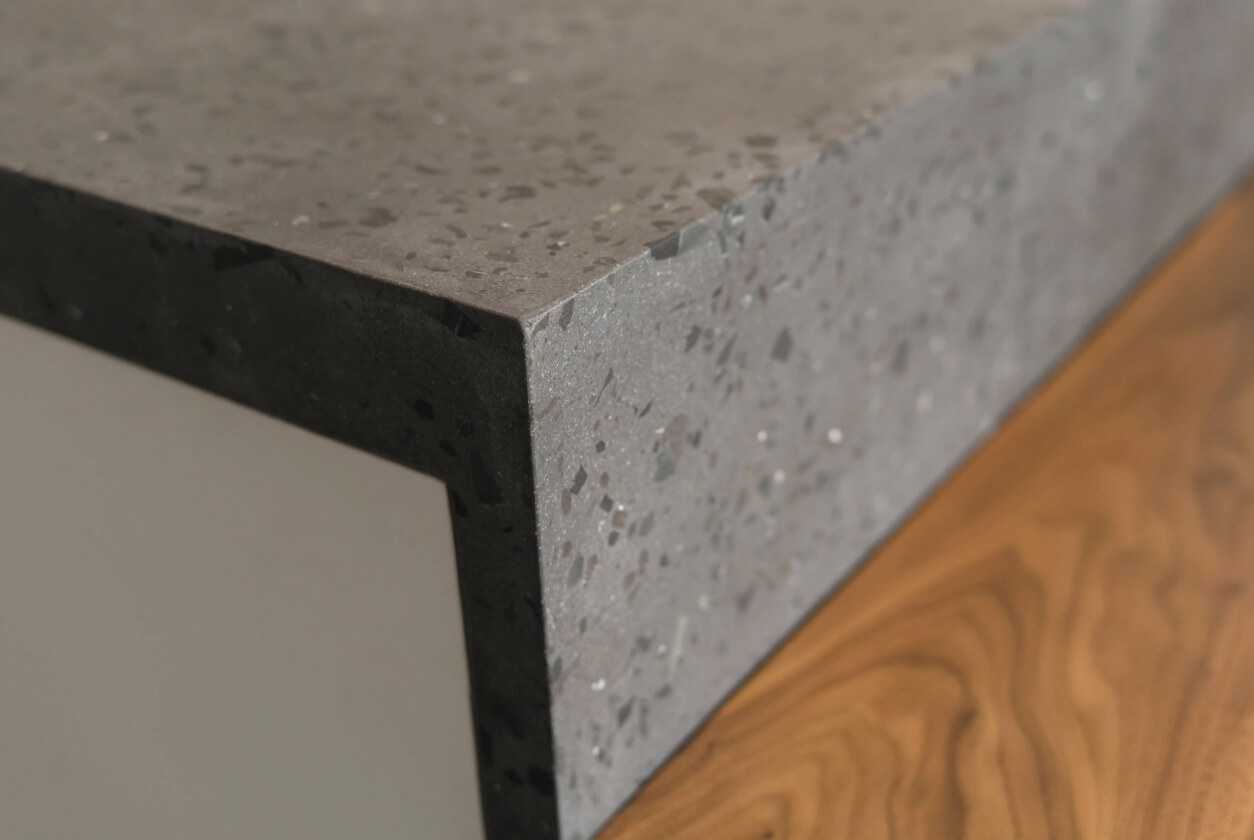Wear & Usage
Just as our furniture becomes a fundamental part of our lives, and is something that we use every day, it can also evolve with us as part of our lifestyle.
In particular, you might see some changes over time in the appearance of some of your furniture, such as alteration in the shape, tone or colour. In most cases, this is entirely to be expected, and in fact adds to the intrinsic beauty of many of our pieces.

Leather and fabric sofas, lounge suites, recliners and chairs
When you first get a new leather or fabric lounge suite or armchair, it may be that the foam is a little compressed (a consequence of being transported).
However, as you begin to use it, the natural shape will begin to show, although you should regularly plump and shape the back and seat cushions to help achieve and maintain the desired shape.
Over time, you will find that the cushions start to reflect the body shape of users, and again this is normal. However, to avoid excessive wear in particular places, if your back and seat cushions are reversible, turn them every couple of months. If not, try to alternate where you sit to ensure even wear across all of the cushions.

Timber Furniture
Our timber dining tables and coffee tables are manufactured from a range of natural timbers, including Australian Messmate, Tasmanian Oak, American Oak, American Walnut, Blackwood and Jarrah.
This means that the colour, tone and patination of each table is unique, and that there will naturally be veins, indentations, knots, stress marks and more. These are all entirely natural and should not be seen as a fault or flaw; rather, these are the qualities that make natural timber furniture so warm and unique, and may become more prominent over time.



Fibre reinforced concrete (FRC) furniture
Fibre reinforced concrete (FRC) is used in a wide variety of furniture pieces, including tables and buffets, usually as part of a contemporary, industrial style design concept.
FRC is man-made, but also has characteristics in common with genuine leather and timber, in that each piece of FRC is unique and has its own distinct colour and patination. Likewise, over time, some features may become more prominent, or small cracks may begin to appear. However, this is entirely to be expected and should not be considered as a flaw or fault.